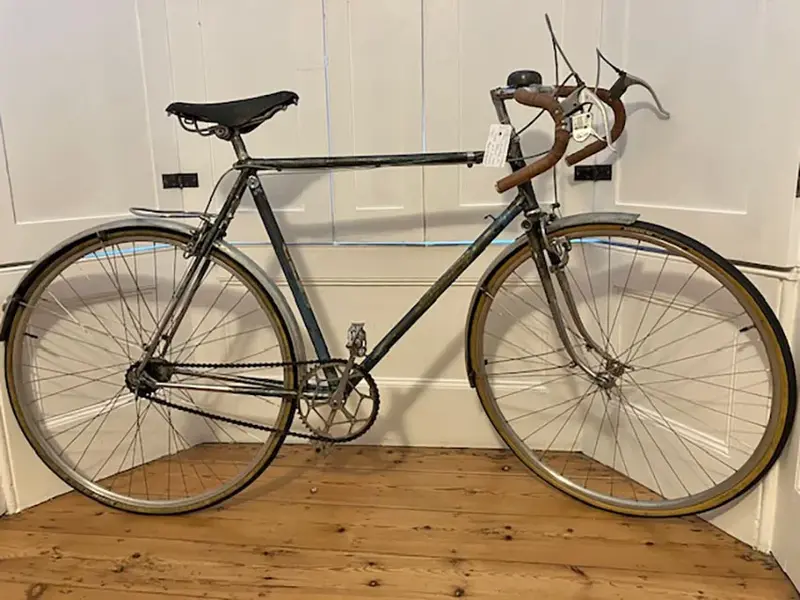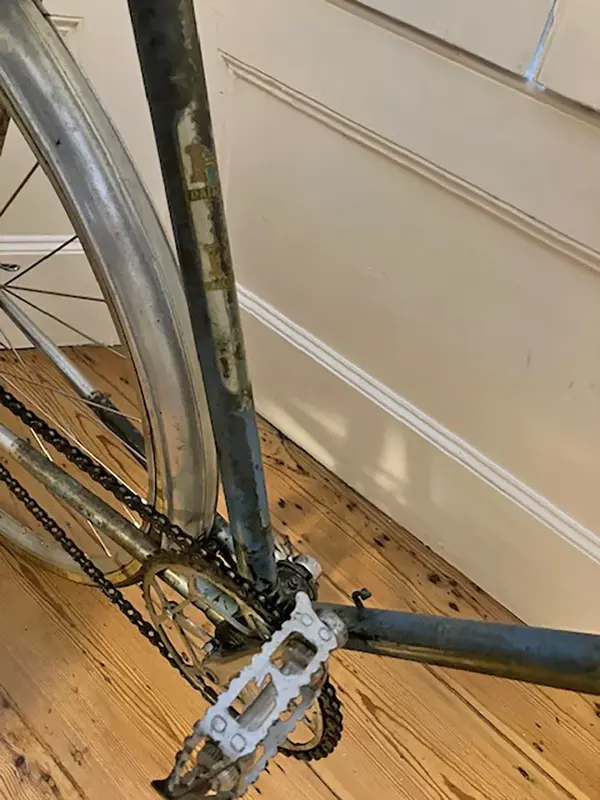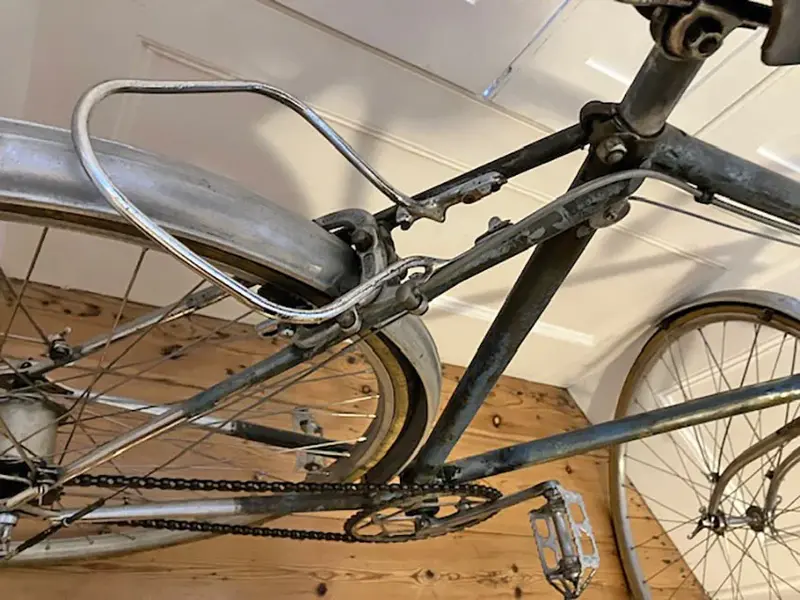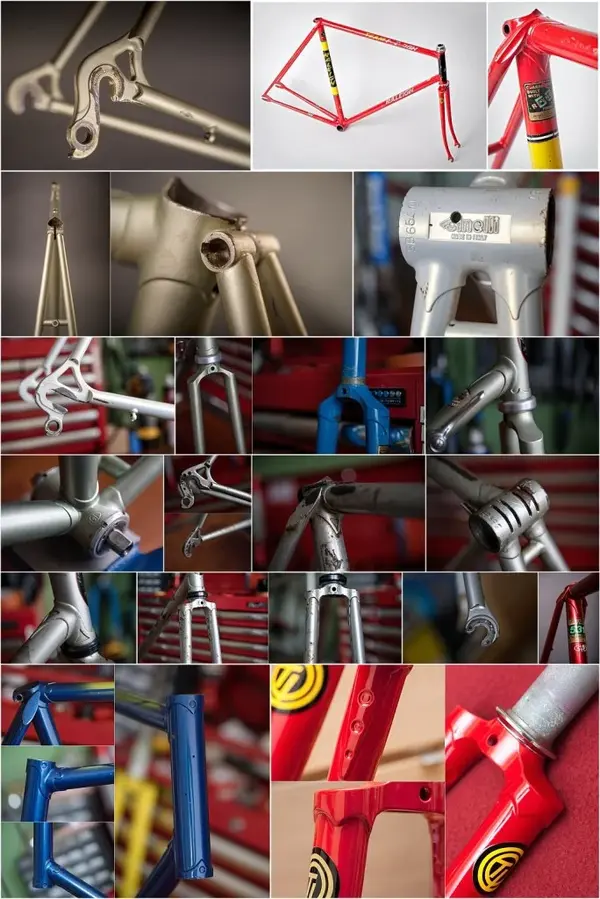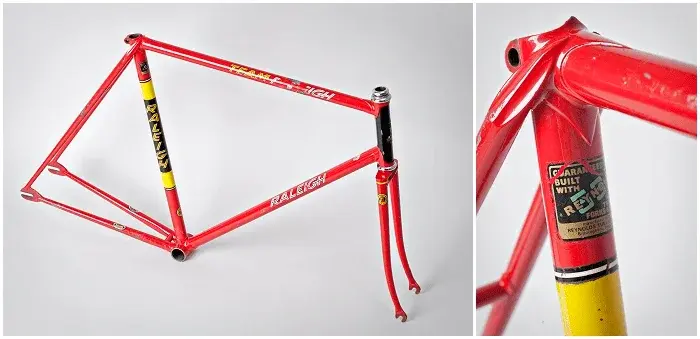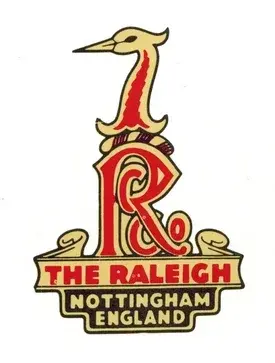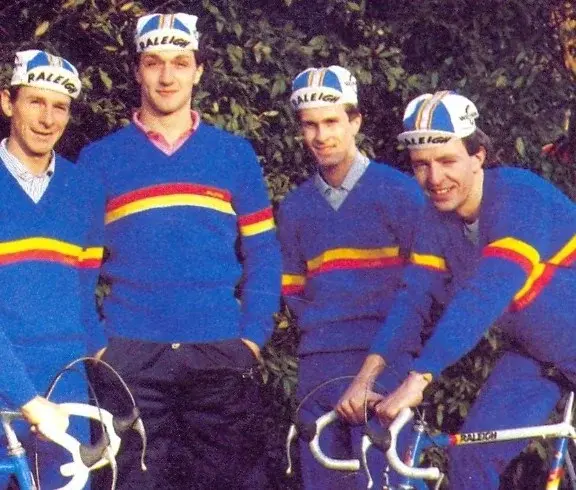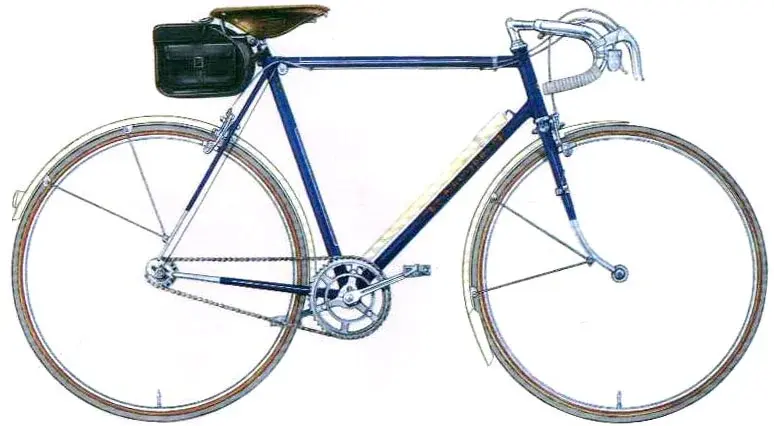You are using an out of date browser. It may not display this or other websites correctly.
You should upgrade or use an alternative browser.
You should upgrade or use an alternative browser.
Raleigh: The Great British Bicycle Company
- Thread starter Canuk
- Start date
Canuk
Old School Grand Master
RALEIGH X FRAME TRICYCLE (FIXED WHEEL, SINGLE SPEED) 1901
Attachments
-
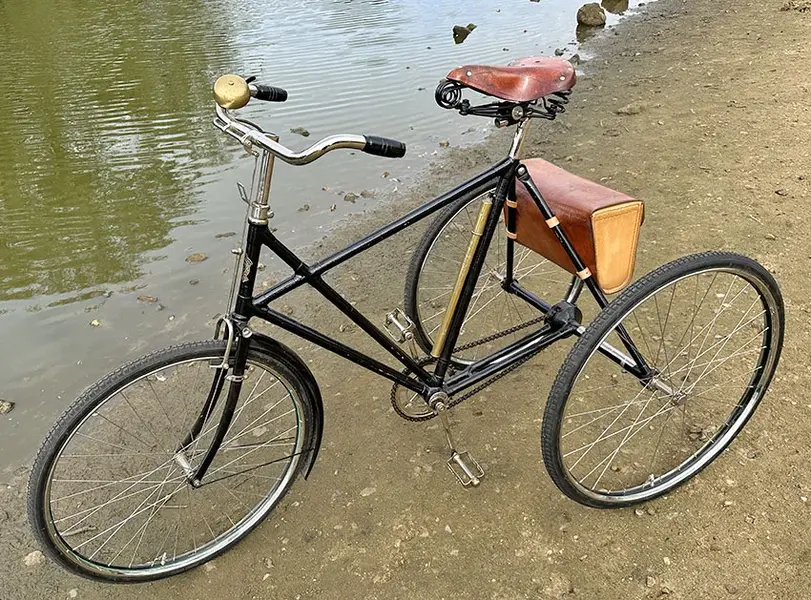 1905-Raleigh-X-frame-Tricycle-13.webp191.3 KB · Views: 1
1905-Raleigh-X-frame-Tricycle-13.webp191.3 KB · Views: 1 -
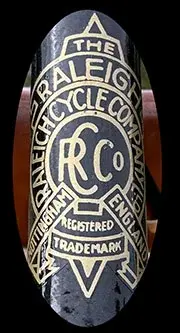 1905-Raleigh-X-frame-Tricycle-2.webp16.6 KB · Views: 0
1905-Raleigh-X-frame-Tricycle-2.webp16.6 KB · Views: 0 -
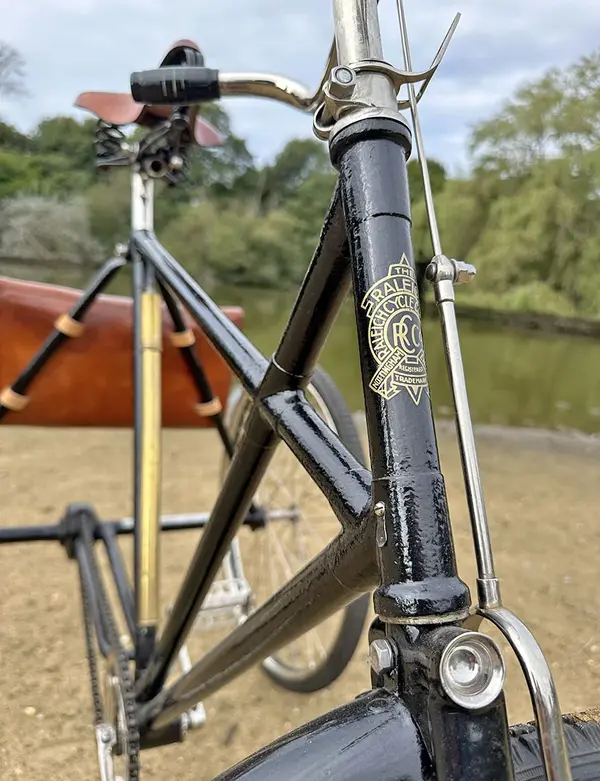 1905-Raleigh-X-frame-Tricycle-10.webp139.9 KB · Views: 0
1905-Raleigh-X-frame-Tricycle-10.webp139.9 KB · Views: 0 -
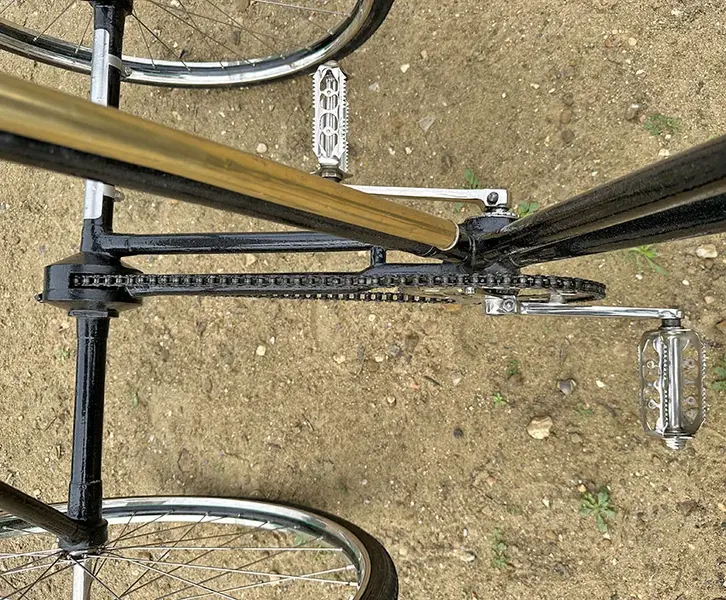 1905-Raleigh-X-frame-Tricycle-8.webp226.4 KB · Views: 0
1905-Raleigh-X-frame-Tricycle-8.webp226.4 KB · Views: 0 -
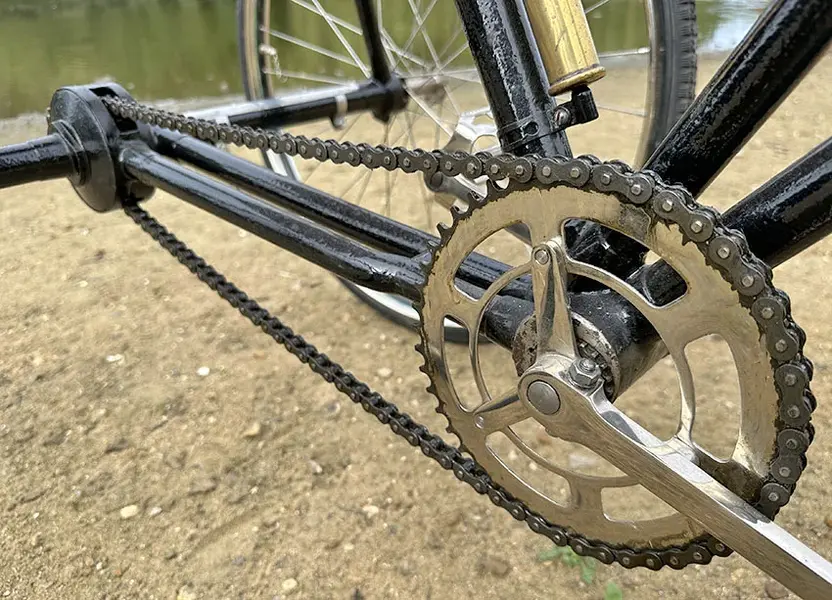 1905-Raleigh-X-frame-Tricycle-6-1.webp134.9 KB · Views: 1
1905-Raleigh-X-frame-Tricycle-6-1.webp134.9 KB · Views: 1 -
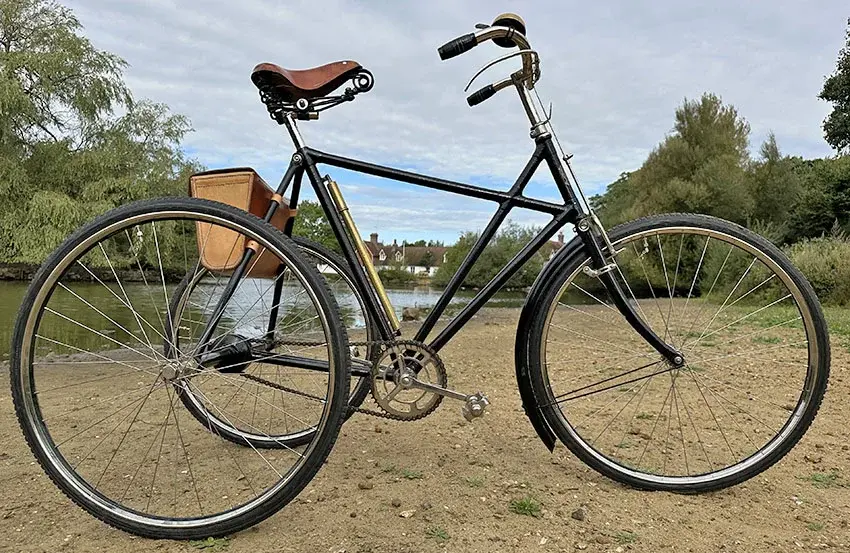 1905-Raleigh-X-frame-Tricycle-5.webp163.3 KB · Views: 1
1905-Raleigh-X-frame-Tricycle-5.webp163.3 KB · Views: 1
Canuk
Old School Grand Master
By 1888, the company was making about three cycles a week and employed around half a dozen men It was one of 15 bicycle manufacturers based in Nottingham at that time.
Frank Bowden, a recent convert to cycling who on medical advice had toured extensively on a tricycle, first saw a Raleigh bicycle in a shop window in Queen Victoria Street, London, about the time that William Ellis's investment in the cycle workshop was beginning to take effect. Bowden described how this led to him visiting the Raleigh works:
'In the early part of 1887, while looking for a good specimen of the then new safety bicycle, I came across a Raleigh in London. Its patent changeable gear and other special features struck me as superior to all the others I had seen, and I purchased one upon which I toured extensively through France, Italy and England during 1887 and 1888. In the autumn of the latter year, happening to pass through Nottingham, and with the idea of, if possible, getting a still more up-to-date machine, I called upon Messrs. Woodhead and Angois, the originators and makers of the Raleigh'
It is clear from Frank Bowden's own account that, although he bought a Raleigh 'Safety' in 1887, he did not visit the Raleigh workshop until autumn 1888. That visit led to Bowden replacing Ellis as the partnership's principal investor, though Bowden did not become the outright owner of the firm. He concluded that the company had a profitable future if it promoted its innovative features, increased its output, cut its overhead costs and tailored its products to the individual tastes and preferences of its customers. He bought out William Ellis's share in the firm and was allotted 5,000 £1 shares, while Woodhead and Angois between them held another 5,000 shares. This the 'Raleigh' brand and the famous Heron headbadge came into existence.
Frank Bowden, a recent convert to cycling who on medical advice had toured extensively on a tricycle, first saw a Raleigh bicycle in a shop window in Queen Victoria Street, London, about the time that William Ellis's investment in the cycle workshop was beginning to take effect. Bowden described how this led to him visiting the Raleigh works:
'In the early part of 1887, while looking for a good specimen of the then new safety bicycle, I came across a Raleigh in London. Its patent changeable gear and other special features struck me as superior to all the others I had seen, and I purchased one upon which I toured extensively through France, Italy and England during 1887 and 1888. In the autumn of the latter year, happening to pass through Nottingham, and with the idea of, if possible, getting a still more up-to-date machine, I called upon Messrs. Woodhead and Angois, the originators and makers of the Raleigh'
It is clear from Frank Bowden's own account that, although he bought a Raleigh 'Safety' in 1887, he did not visit the Raleigh workshop until autumn 1888. That visit led to Bowden replacing Ellis as the partnership's principal investor, though Bowden did not become the outright owner of the firm. He concluded that the company had a profitable future if it promoted its innovative features, increased its output, cut its overhead costs and tailored its products to the individual tastes and preferences of its customers. He bought out William Ellis's share in the firm and was allotted 5,000 £1 shares, while Woodhead and Angois between them held another 5,000 shares. This the 'Raleigh' brand and the famous Heron headbadge came into existence.
Canuk
Old School Grand Master
In production for longer than any of the other Raleigh "club " bikes (1949-1963) and indelibly associated with the immortal Reg Harris, Britain's greatest cycle champion of the era and Raleigh spokesman, the Lenton Sports was indeed "the undoubted thoroughbred of its class."
More than that, it represented the last great era of traditional British club cycling. Its versatile specification harkens back to a time before relentless specialization, harsh Continental frame geometry and clacking derailleur gears.
The Lenton was at home on country lanes as it was on time trials, as popular abroad, especially in the United States, as it was at home. A teenage John Lennon cycled the streets of his native Liverpool on his Lenton and for many, it was a first introduction to lightweight sports cycling. The R.R.A. may have been more coveted and the Clubman and later Super Lenton better outfitted, but the Lenton Sports was the most popular lightweight British bicycle of a Golden Era.
More than that, it represented the last great era of traditional British club cycling. Its versatile specification harkens back to a time before relentless specialization, harsh Continental frame geometry and clacking derailleur gears.
The Lenton was at home on country lanes as it was on time trials, as popular abroad, especially in the United States, as it was at home. A teenage John Lennon cycled the streets of his native Liverpool on his Lenton and for many, it was a first introduction to lightweight sports cycling. The R.R.A. may have been more coveted and the Clubman and later Super Lenton better outfitted, but the Lenton Sports was the most popular lightweight British bicycle of a Golden Era.
Similar threads
- Replies
- 3
- Views
- 1K
- Replies
- 37
- Views
- 7K
- Replies
- 13
- Views
- 2K
